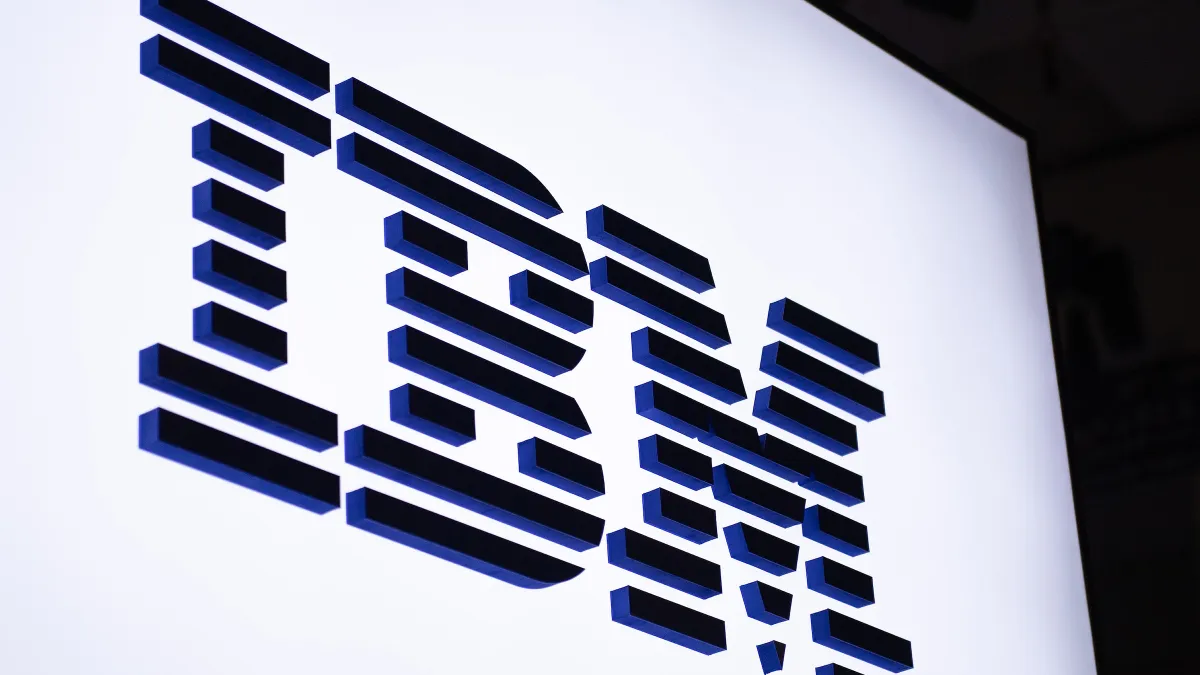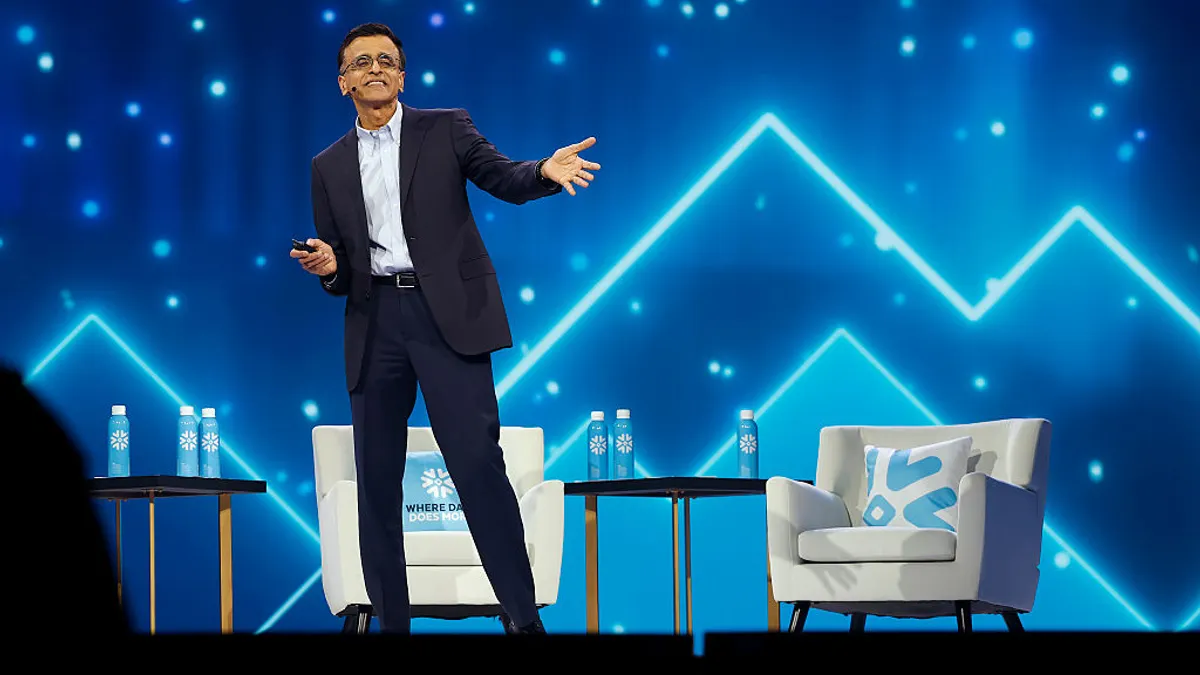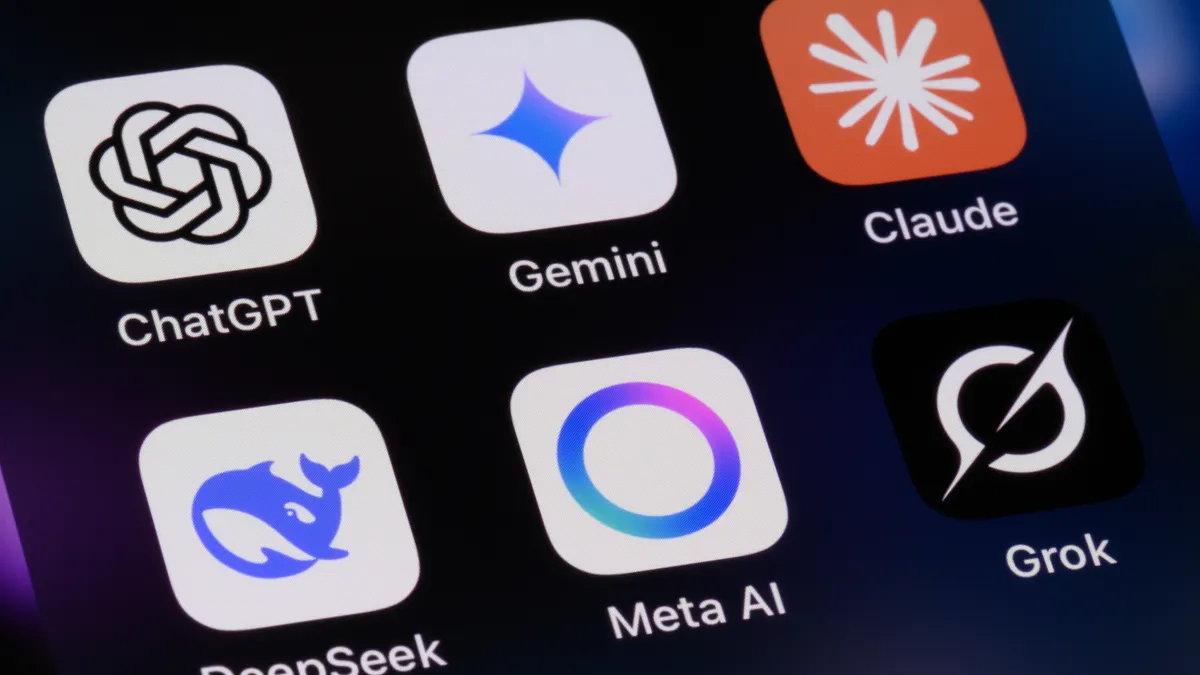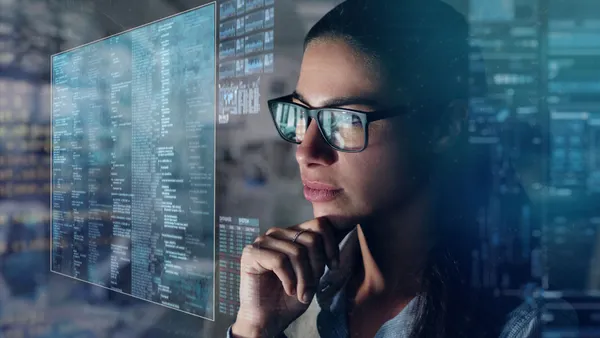Technobabble is our look at the more colorful aspects of technology and the tech industry. Be sure to check out our most recent edition featuring the union of fashion and security.
Artificial intelligence: It's all fun and games until machines try to write chapters for the coming edition in the "Game of Thrones" series.
The last book in George R.R. Martin's "A Song of Ice and Fire" series debuted in 2011, leaving fans six long years to question Jon Snow's fate. Sure, the show has moved that narrative forward, however fans will likely have to wait until 2019 for the final season of "Game of Thrones" to premier.
One fan, full-stack software engineer Zack Thoutt, has taken the story-telling into his own hands. After feeding the first five books — 5,376 pages of material — into a recurrent neural network, Thoutt produced the first five chapters of the yet unreleased book six, "The Winds of Winter."
Though the first five books are plenty for a reader, it's a fairly small data set for a neural network, Thoutt said, in an interview with Motherboard. Usually, AIs are trained with more like 500,000 pages of material with a smaller vocabulary.
The results are nonsensical and the word order is a bit confusing, but the chapters delight with the AI capturing Martin's renowned mix of dialogue and lengthy descriptive passages.
Take this passage from Tyrion's chapter, for example:
Tyrion could hear Lord Aemon's coughing. "I miss for it. Why did you proper?"
"I feared Master Sansa, Ser," Ser Jaime reminded her. "She Baratheon is one of the crossing. The second sons of your onion concubine."
Lady Donella length of a longsword, the hair that went ready to climb side from her. And all between them were belaquo bonebreaker and the night's watch ride in their room. Only he could not look at them, even others sure. "How could you leave the world?"
While entertaining, Thoutt admits the model isn't good enough to capture the complex storyline, in some instances discussing characters who are long dead in the books. While George AI Martin is trying to take every plot into account, a text generator that powerful does not yet exist, he said.
Either way, the AI material may just be the answer for those still reeling from Sunday's season finale and already suffering withdrawals.
One macro thing
Look out, Dogecoin. Burger King’s new 'WhopperCoin' is coming for you.
The fast food chain’s dip into the cryptocurrency market offers customers the chance to earn the tokens with each purchase of the Whopper sandwich, according to a press release by Waves, the platform which will host the blockchain loyalty program.
For every rouble spent customers will get one Whoppercoin, which they can later use to buy more Whoppers or transfer and trade online to other buyers.
While WhopperCoin may seem like a move to garner laughs and attention, its launch in Russia is actually quite significant. Bitcoin traders ran into trouble in Russia and feared jail time from proposed legislation last year, but Igor Shuvalov, Russia’s first deputy prime minister, has now publicly announced support of cryptocurrencies, according to a CNBC report.
Encouraging attitudes towards new applications of blockchain-based tech are all around. Kaspar Korjus’ idea for a sovereign state issued cryptocurrency in Estonia codenamed 'estcoin' garnered a lot of attention, and Venezuelans in the midst of a humanitarian crisis have turned to bitcoin mining as hyperinflation cripples their economy.
The potential for blockchain applications in the enterprise extends far beyond cryptocurrencies. Smart contracting mechanisms, start-up fundraising and consumer applications can be used in supply chains, and data management systems can help reduce food waste.
WhopperCoin may not seem relevant to tech companies, but as blockchain continues to get its foot in the door of new geographic and industry markets, it opens up possibilities for future applications.
"Whopper is not only burger that people in 90 different countries love – it’s an investment tool as well," said Ivan Shestov, head of external communications at Burger King Russia. "Eating Whoppers now is a strategy for financial prosperity tomorrow."
One micro thing
The "Dobi" humanoid robots don’t think they can dance — they know they can.
This week Guinness World Record officiants traveled to China to watch WL Intelligent Tech’s display of 1,100 Dobi robots simultaneously dance their way into history, reports Digital Trends.
The world record set by the largest robot dance mob was previously held by another Chinese robotics company, Ever Win Company with 1,007 robots.
Unfortunately, 31 of the robots couldn’t finish the dance, clearly toppling under the immense pressure of dancing for a world record. Despite the failure of those 31 robots, the other 1,069 Dobis danced their way into the world record and our hearts.
The 18-inch-tall robots can be purchased for about $250 in the Chinese market. The robots were perhaps designed more so for entertainment than functionality, unless you count its ability to tell Chinese stories as a worthy function. Otherwise the Dobi’s purpose is limited to following instructions to dance and putting smiles on our faces. Even Elon Musk wouldn’t shy from these modest dancing robots.
One last thing
Motorola is about to make a lot of parents very, very happy.
Earlier this month, the company filed a patent for a self-healing phone display, according to a report by IBT. "Thermal recycling" would apply heat to a "shape memory polymer" repairing, or at least mitigating, breaks.
Unfortunately, phone screens are not the only thing that crack easily. Mobile tech passwords can be broken into in a few short hours, and over 70% of IT leaders admit they face a security risk given their inability to control their employees’ mobile devices
Mobile technology may be a staple of the modern workplace, but it is certainly continuing to give company security departments endless headaches. Just this week the NYPD announced plans to replace its Windows phones — acquired just last year with more than one raised eyebrow — with 36,000 new iPhones.





















